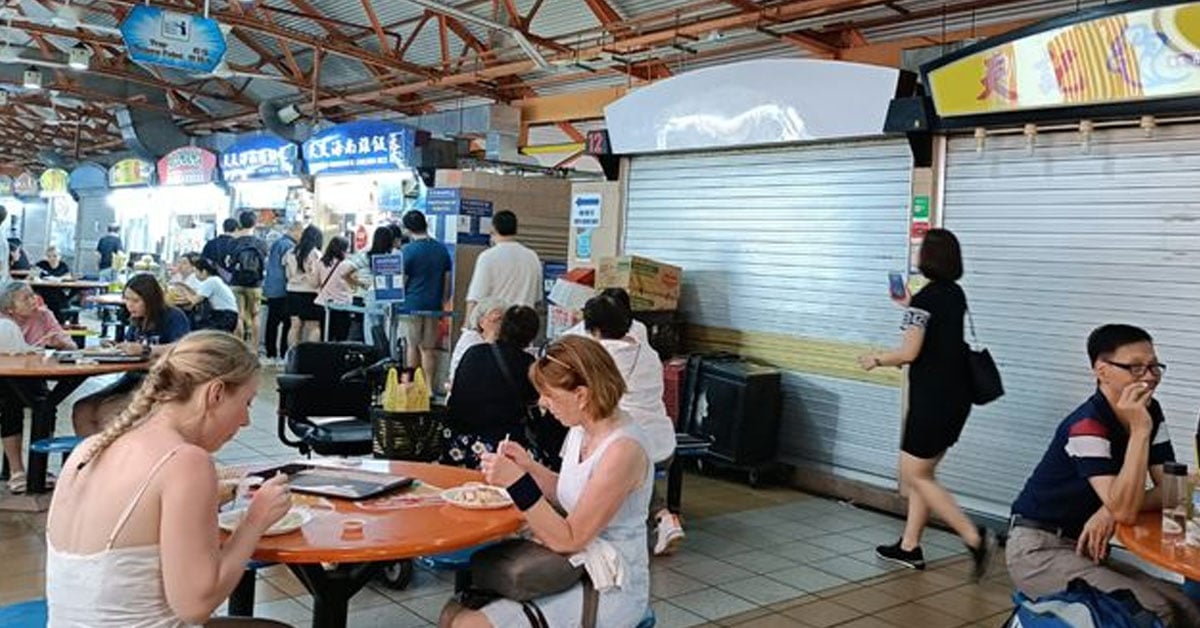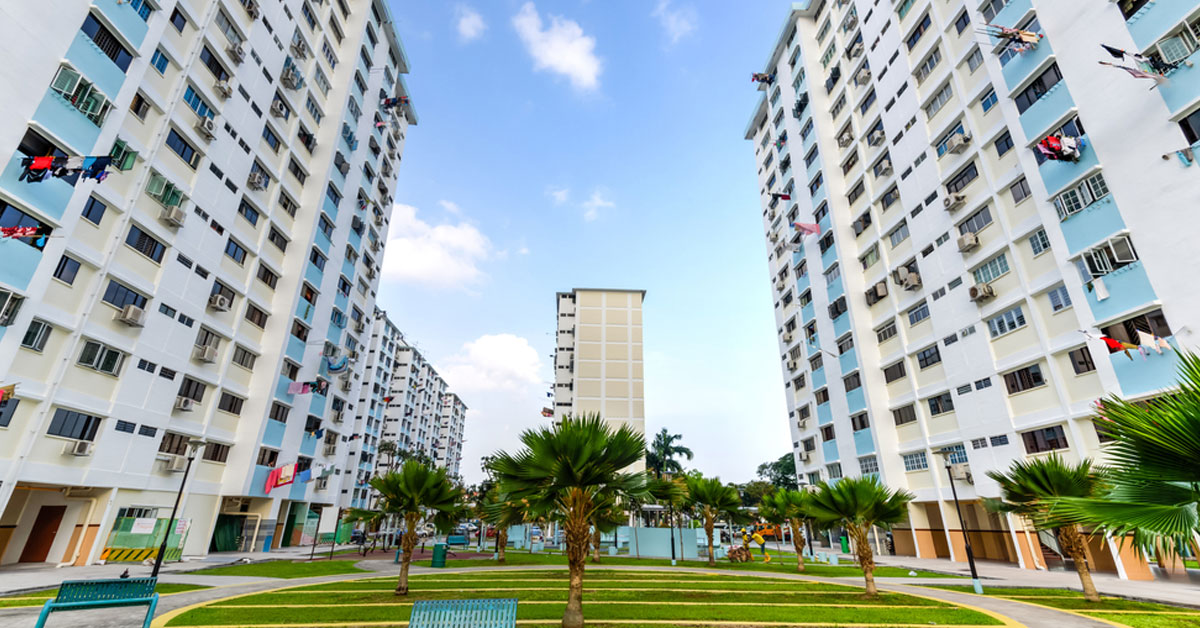Drinks Stall Rental at Maxwell Food Centre Reaches All-Time High
It’s no secret that Singapore is well-known worldwide for her scrumptious local delights.
Most notably, Maxwell Food Centre, with their extensive array of cuisines to satisfy even the pickiest of eaters, has become a household name both within and beyond our shores.
With foodies flocking in the hundreds hankering for that good old plate of wonton mee, it is no wonder that hawkers are fighting tooth and nail to open their own stall and cash in on the sweet, sweet revenue.
But how far are they willing to go?
Apparently, S$6,111 seems to be the bottom line.
According to the National Environmental Agency (NEA)’s list of successful hawker tenderers released in September, Loh Jwee Hwa was willing to foot this massive sum to open a drinks stall, outbidding their competitors and setting an all-time record for the location.
Talk about wrecking a bell curve, am I right?
Other successful bids for stalls at Maxwell Food Centre during this exercise average around S$4,200.
Why the Exorbitant Price?
The high bid for the stall can be attributed to its strategic placement.
Situated at unit #01-012, this up-and-coming drink stall will be set up right next to the popular (and Michelin-starred) Tian Tian Hainanese Chicken Rice stall, according to Shin Min Daily News.
This means that it can potentially benefit from the patrons who are hoping to pair their scrumptious plate of chicken rice with the perfect beverage.
(Personally, I’d love an old-fashion Teh C Beng with my roasted chicken leg, but who’s asking?)
Moreover, with the hawker centre conveniently set a stone’s throw from Chinatown MRT (NE4/DT19), Tanjong Pagar MRT (EW15) and the recently opened Maxwell MRT (TE18), some might say the bid is a solid investment on Loh’s end.
Struggles of Modern-Day Hawkers
Despite this, some people are still skeptical of the bidding system practiced by NEA-owned hawker centres today.
Even with the rising bidding and rental prices (and inflation, of course), many hawkers today are still hesitant to mark up the prices of their food as they are afraid this would dissuade their customers from patronizing their stalls.
On top of utility bills, table cleaning fees and other expenditures, these hawkers find themselves struggling to break even and make ends meet.
One such case is that of Nian Nian You Yu, a steamed fish stall at Maxwell Food Centre that quietly closed its doors in April 2023, to the disappointment of its loyal patrons.
When asked, founder Isaac Lim laments about the steep rental hike from S$4K to S$6K after relocating from one unit to another.
He cites high inflation rates and a not-consistent-enough crowd as factors that made it difficult to sustain his business, contributing to his ultimate decision to shut the stall down for good.
KF Seetoh, founder of Makansutra, is also critical of the hawker stall bidding system.
He claims that it is unfair that hawkers are forced to outbid fellow hopefuls with sky-high rates while keeping their menu prices low.
In response to another large hawker center – Amoy Street Food Centre – seeing a fall in stall occupancy rates, KF Seetoh suggests, “Offer a fair rental and give it to the most deserving ones..” and have it “based on menu, talent and preservation of our food culture.”
Maxwell Food Centre has had nearly 100 years of rich history.
According to the National Library Board, Maxwell Food Centre (formerly known as Maxwell Market) first opened its doors on 17 November 1928.
It was named after John Argyle Maxwell, who was a Scottish merchant living in Singapore at that time.
(It was also built on exhumed burial grounds, but that’s a story for another day.)
The market remained open throughout the Japanese Occupation in the 1940s. Rental rates were slashed to encourage hawkers to be able to trade and sell their goods.
After World War II, the Singapore Department of Social Welfare needed to ensure that the people were able to readily access warm, nutritious meals at affordable rates.
As a result, Maxwell Food Centre became the home to the first Family Restaurant. Selling at 8 cents per plate, the place helped to nourish the pioneer generation back to health after such a tumultuous time.



